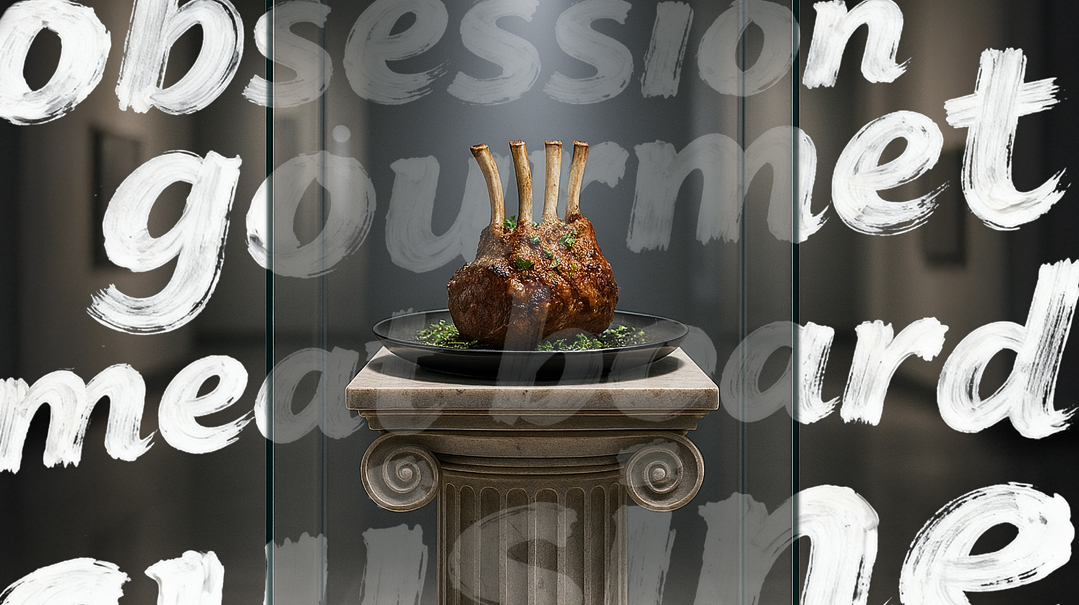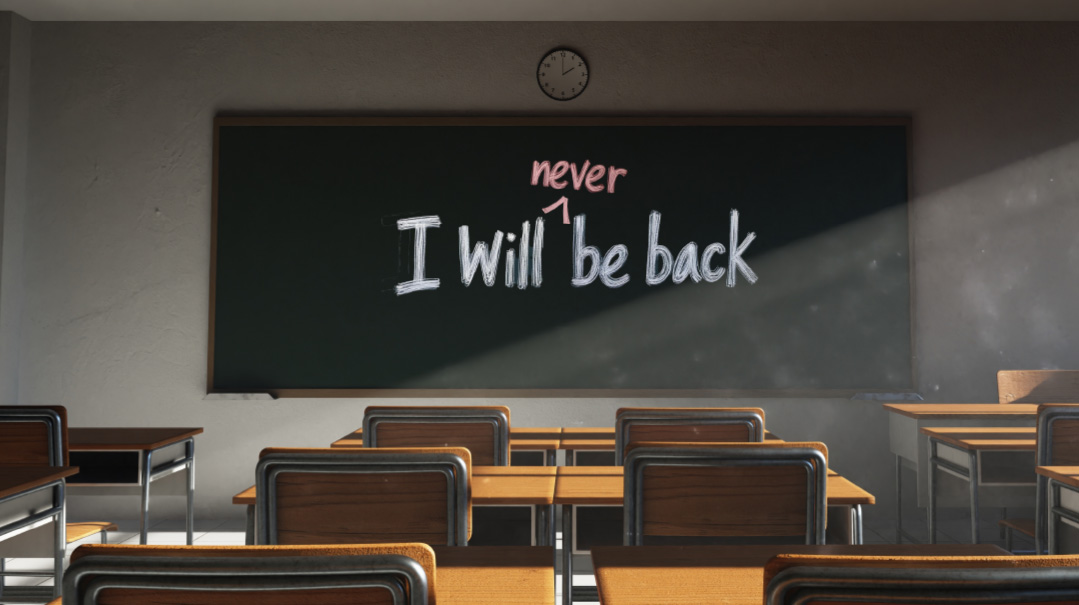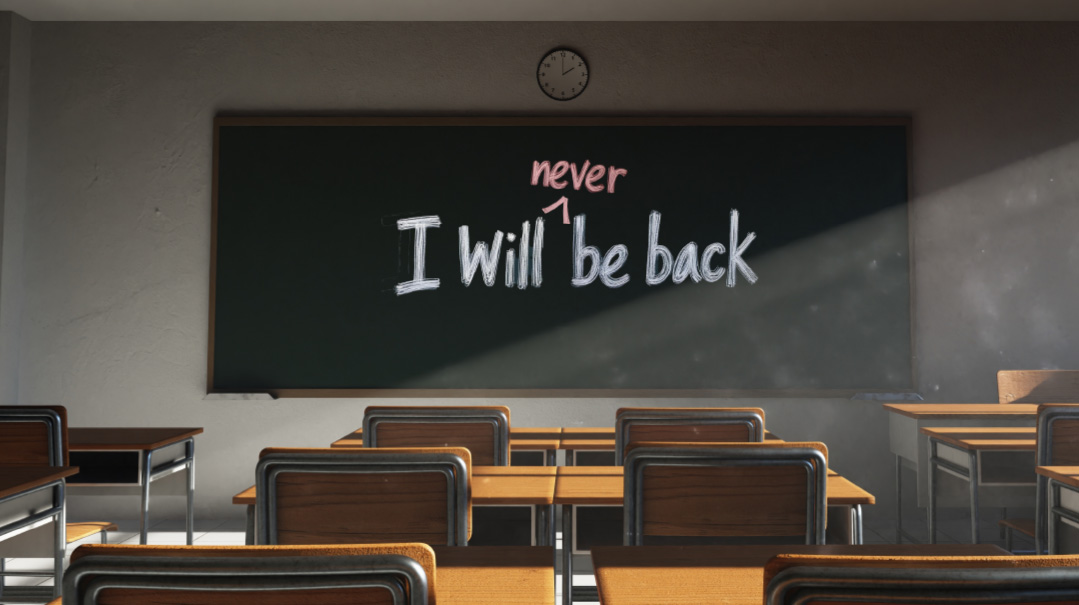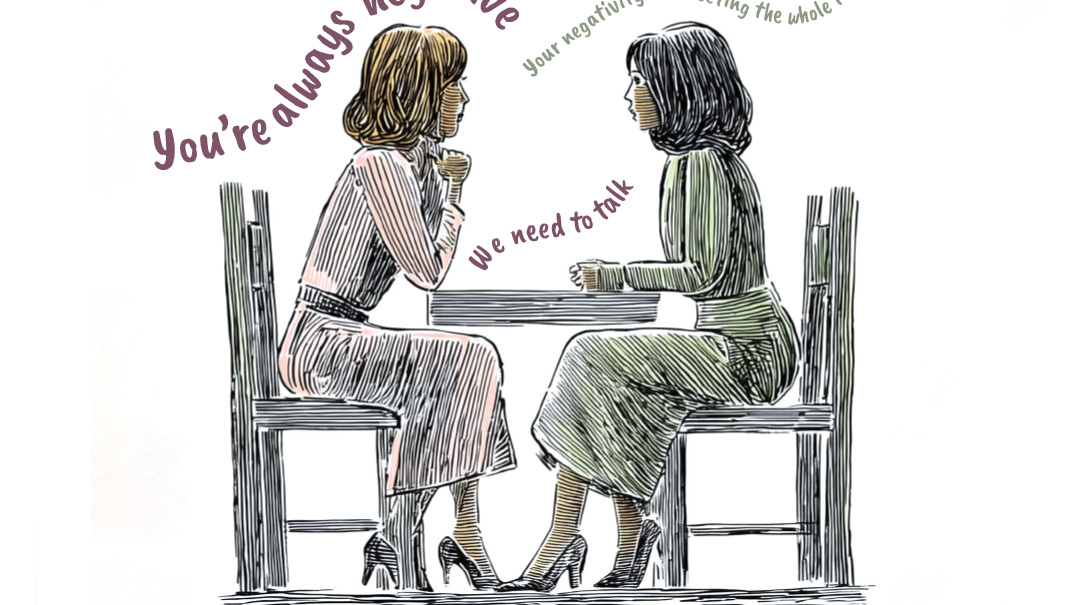The Gold Standard

Simchah gemachs, Ali, and Shein have made it easy to get the right look. But at what cost?

Tablecloth and simchah setup gemachim are awesome. They are so much fun to browse, such a service to the community, and I can’t wait to plan our upcoming bar mitzvah.
I only recognized the cost of all that awesomeness when a local publication pointed out that while pink plastic tablecloths used to be ubiquitous at a baby girl’s kiddush, now beautiful linens and tablescapes are expected, because fancy decor is no longer only the province of the wealthy who can afford party planners.
From upsherens to weddings to mishloach manos, from baby clothes to sheitlach, from simple suppers to the meat board, every area of frum life has upped the ante. Cheap manufacturing has brought goodies our parents never dreamed of right to our doorsteps, and a veritable explosion of Jewish creativity and entrepreneurship has opened us up to new possibilities in food, fashion, hospitality, and decor. In case you weren’t sure, lavish advertising and social media offer copious proof that everyone (or at least everyone who is clearly more in the know than you) has jumped on the lifestyle bandwagon.
Do you remember when it used to be a thing that children of klei kodesh families were more simply dressed than their counterparts whose fathers were professionals? Today, thankfully, society recognizes the tremendous value rebbeim provide, and the material sacrifices they make, so myriad organizations compensate klei kodesh families for their mesirus nefesh. Children of rebbeim get European shoes at cost price, other organizations provide yungeleit with matching current-season outfits, and still others provide discounts to help these families make Yom Tov. All of these well-intentioned gestures help offset the tight salaries our klei kodesh manage with, and that’s a good thing.
My concern, though, is about what this does to our communal standards. It was once okay to be a have-not — even if the kids, and maybe the parents, didn’t love it, it was a fact of life, and we all learned to live with it. We thought about how much time, headspace, and money we were willing to devote to the pursuit of stuff, and we made our choices.
But today, Shein and Ali are the great equalizers: the divide between haves and have-nots fades away when everyone can (must?) look like a have.
And while everyone loves a bargain, is society really better off when material abundance becomes the norm?
As the kallah who told my not-yet-chassan that I’d really be okay with a cubic zirconia ring (he ignored me, smart man), I was excited to see the recent proliferation of ads for jewelers offering lab-grown diamonds. They’re chemically identical to the natural thing — what’s not to like? Perhaps my naïveté is showing, but I was dismayed when I found out that lab diamonds often don’t save anyone any money; instead, many customers are using the same amount of money they’d planned to spend, and purchasing larger diamonds than they could otherwise afford.
As a society, we are shooting ourselves in the foot. The universe has handed us a fabulous money-saving idea at one of the most expensive times in most families’ financial lives, and instead, we pounce on the opportunity to raise the standard for all our friends and neighbors.
Glamour is now within the reach of the masses. So, what’s wrong with us all looking a little better, if we can afford it? Jewish women are princesses, look good for your husband, etcetera, etcetera.
The pragmatic answer is that it’s a slippery slope. It starts in the cradle, when our babies, too young to care about fitting in, are dressed in an upscale layette for a day of spitting up and filling diapers. Today we can spend a few bucks and our daughters will have the right shoes, but reinforcing conformity as a value sets us up for trouble. What about tomorrow when everyone in your son’s class goes on vacation to a destination that’s a plane ride away? Will that be the next must-have? (Anecdotal evidence reports that yes, in some circles, it is. The destination matters less than the fact that air travel is required to get there.) Now, it’s the right coat or bag, but before you blink, it will be the right sheitel or eternity band or house. Or brand-name shidduch, which is its own entire category of awful.
If we pass up valuable opportunities to empower our kids to feel confident in their inherent value, instead of evaluating themselves based on their subjective social standing, soon it might be too late.
And that’s a good reason, maybe a great one, but it’s not the true problem.
Even if fast fashion and stimulus payments deliver China’s goodness to everyone’s grasp, I still worry for us.
A wise woman taught me that you can be materialistic even in poverty. Because the mindset makes the person, and if my antennae are constantly up for a deal, if food and decor are my cheap and harmless preoccupation, and if I constantly scour the ads for the cheapest ways to pick up this season’s look, then I might have become a shallow, empty person even on my tiny kollel salary.
Conversely, my friend with a magnificent house and gorgeously dressed kids can be a less materialistic person, because she just buys the first thing she can afford and then puts it out of her mind. It’s not about how much you have, but about where your mind is.
We all know people who are blessed with material abundance and still maintain rich spiritual lives. But it’s an undeniable truth that as society focuses more on externals, our collective focus shifts away from the internal.
If we allow our communal headspace to become preoccupied with temporal trends, we may raise daughters with the perfectly polished Bais Yaakov look, but they will be svelte mannequins, hollow on the inside.
This is the part of the article where I’m supposed to whip out an elegantly simple solution. If life were structured like a magazine article, that might work. But is there a solution, or, like economic inflation, are our community’s standards destined to forever rise and never fall?
We’re never going back to the days of bar mitzvahs that involved a minyan in shul with some kichel and herring. Lots of standards are here to stay, and gemachim and cheaper options provide a real service to so many. But if we open a candid conversation about our headlong race to the top, maybe we can stay the rising tide of materialism just a little bit.
I don’t believe that wealthy people need to pretend they don’t have money. (A successful fundraiser I know frequently says that you never want to solicit tzedakah in a neighborhood where the gvirim live in simple homes. People who are very frugal with themselves also tend to be less generous with others.) In fact, I don’t think it’s the wealthy in the community who are raising the standards; it’s the rest of us, in our quest to look great without breaking the bank.
Maybe we can take back the reins by consciously changing our internal conversations. Instead of asking ourselves, “How much fabulous can I buy with this amount of money?” perhaps the question can become, “How much time and money am I willing to invest in pursuit of the right look?” Can we aim for the middle, instead of trying to look perfect? Can we remind ourselves that just because home decor is cheaply available on Wayfair, the pursuit of stuff is not an inherently good thing?
Another fairly painless idea would be for individuals to loosen their high standards just a little bit, spending just a bit below their means. If lots of people ease up just a drop, collectively, that can give everyone a bit of breathing room.
If everyone in your circles matches all their kids regularly, that’s a huge pressure on those who can’t afford complete, new wardrobes every year. But if most people would only match occasionally, the Cohen kids could go out without worrying that the neighbors will be tallying how many days this week they were matching.
Or maybe the thing in your daughter’s school is fancy embellished tights. Even if you could afford bling every day of the week, buying a pair or two that are plain would help save face for those classmates who can’t afford, or choose not to be busy with, the high-end items.
Not all these examples apply to all communities, of course. But every community and subculture has its own standards, and a rising tide of consumerism will lift all boats. The ripple effect from larger communities eventually reaches every town, to some degree, so whether there is a simple panacea or not, we all need to take a good hard look at our spending habits and priorities.
As our economy dips into a recession, now is the perfect time to take stock. Even wealthy people are starting to feel the pinch, and all of us wince when we swipe our cards in the supermarket or notice that clothes cost 40 percent more than they did last season. Perhaps Hashem is handing us a tailor-made excuse to cut back without shame? There’s so much spending we can’t do anything about, but maybe now is the time to reevaluate how we allocate our discretionary purchases.
For a thousand good reasons, and maybe a few bad ones, we are driving up the material standards in our community. Can we take a step back and ask ourselves, is this the direction we want to be headed?
(Originally featured in Family First, Issue 818)
Oops! We could not locate your form.







